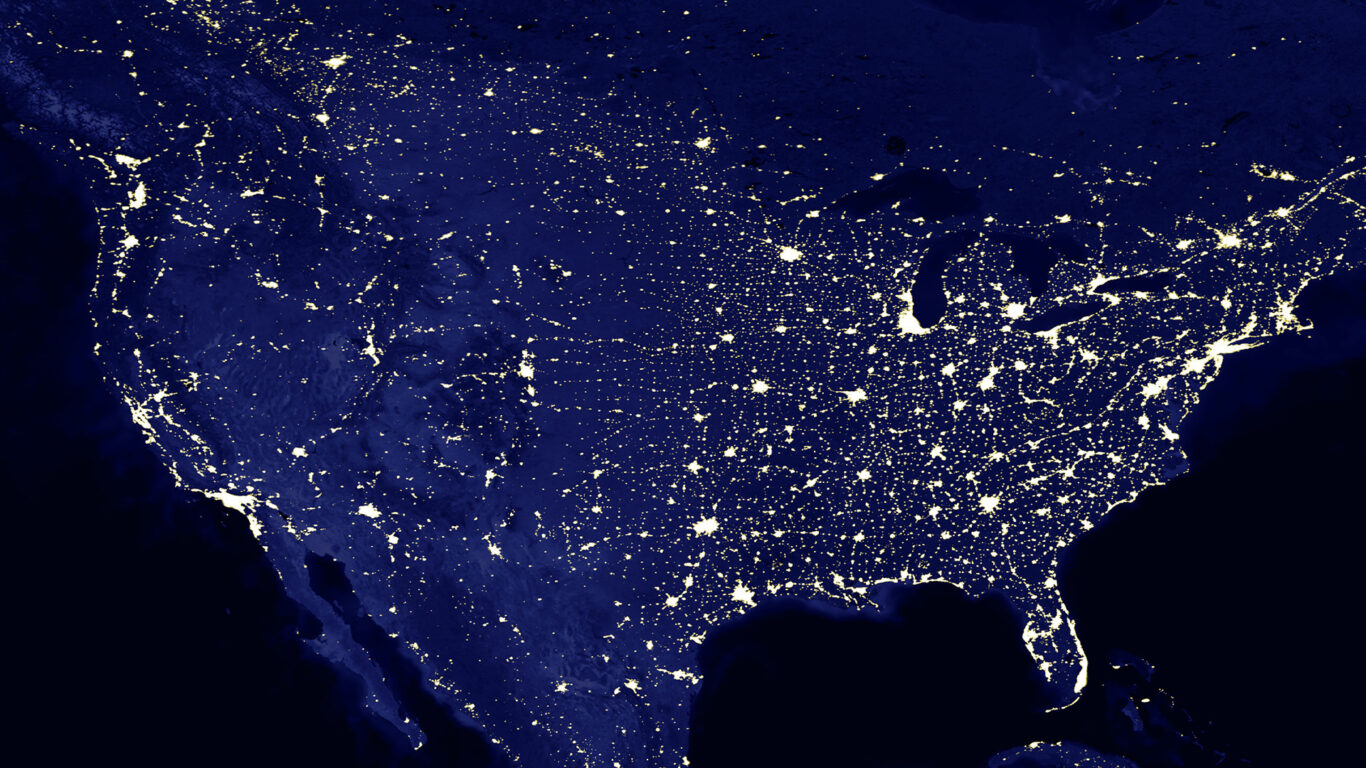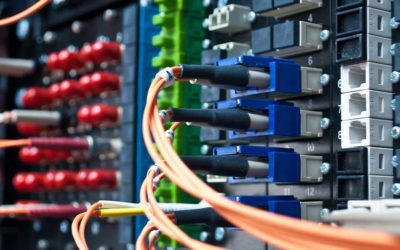I’ve heard it said that individuals of the current generation would not be able to fathom life 100 years ago. Our society today is integrated with technological innovation in almost every facet of life. We depend on computers, cell phones, appliances and various forms of transportation in our jobs and daily lives. If these conveniences fail us we may face significant impositions.
Our modern lifestyles are dependent on electricity to keep us relevant and lively. We need it to charge our phones, bring life to our computers, cool down our houses on a hot summer day, or to keep our beer cold in our stainless-steel refrigerators. It’s essential to the way we interact, make a living, and perform the most basic functions in our lives. The interesting thing about electricity is that few in the United States today, with the exception of Navajo Nation, had to live their lifetime without it. For those of us who are not avid campers or adventurous travelers, the only time we are without electricity is when the power goes out; and when the power goes out, people are often displeased with the inconvenience.
Building upon this fact, it is fair to say that electricity is one of the most important commodities we purchase today, besides food, shelter, and clean drinking water (most of which require electricity to produce). We understand that some foods are more expensive than others, larger or newer homes cost more than smaller or older ones, but I’m not convinced our communities understand the cost associated with providing a reliable connection to the electric grid.
What The Electrical Grid and Pizza Parlors Have in Common
Perhaps the issue is unfamiliarity. Electric utilities and their infrastructure are extremely complicated. For many of us it may seem electricity comes from thin air. What we need to understand is electricity is both a good, and a service. Let’s put it in terms of a favorite food, pizza!

Just as pizzerias make some items from scratch, like sauce and pizza dough, and purchase others, like pepperoni, utilities can own generation resources (power plants) to produce power for customers and/or purchase power through a wholesale provider. This is one element of the cost of the good. Another is the cost of items that go into creating the pizza or providing the power – like labor, appliances, and rent. Public utilities, though revenue neutral, need to make sure they are charging enough to pay their employees, cover rent and taxes, and fund replacement costs of their assets like bucket trucks and powerlines. In a way, these costs reflect the “all in” cost of the good itself, ensuring the pizza, and electricity, is available for purchase.
The Cost of a Reliable Distribution System
There is additional cost, separate from those mentioned above, associated with delivery. For example, the pizzeria pays the driver for his time to deliver the pizza, the gas to operate the vehicle, and the purchase cost of the vehicle itself. Just as the pizzeria requires a mode of transportation for delivery, electric utilities require a mode of transportation for electricity to be reliably and safely delivered to your home. This mode of transportation is called the electric distribution system. The distribution system consists of several main items essential to delivering power.
When electricity is first produced at the generation facility, a transformer must increase the voltage to a level suitable for transmission. Transmission allows the electricity to “enter the grid” and be combined with electricity produced elsewhere. At this point, electricity is not the correct voltage for safe residential use. The power must transition through a substation to bring down the voltage for distribution within the service territory of the utility. The power runs through distribution lines, both underground and above ground. As the power moves closer to the customer, another transformer converts the power to a voltage suitable for residential use. In order for the electricity to reach the home, the power may pass through additional distribution lines, enter a service drop and finally an electricity meter. The last portion of the distribution system situated closest to the customer’s home, can vary in length based on geographical location.

Compared to a driver and a vehicle needed to deliver a pizza, the delivery of electricity is much more complex and costly. Although the infrastructure noted above has a useful life of anywhere from 15 to 30 years, customers are responsible for funding aspects (not all) of the cost associated with current infrastructure and the system’s replacement cost. If rates are not set appropriately, the utility may not have funds available to replace these assets. At an extreme, if the utility does not make appropriate pricing changes, customers face risk of the utility shutting down, which might require a change of service to an investor owned utility or a less reliable service option. Pizzerias face similar cost risks, and just as many communities do their best to support local businesses, local (municipal) utilities should be supported as well.
The bottom line is that electricity is essential to our modern lifestyle, and as users of the grid we have to be sensitive to the financial needs of our electric utilities. Understanding the source of utility costs and their relationship to users will enable our local electric utilities to move forward with their communities toward an innovative future.


